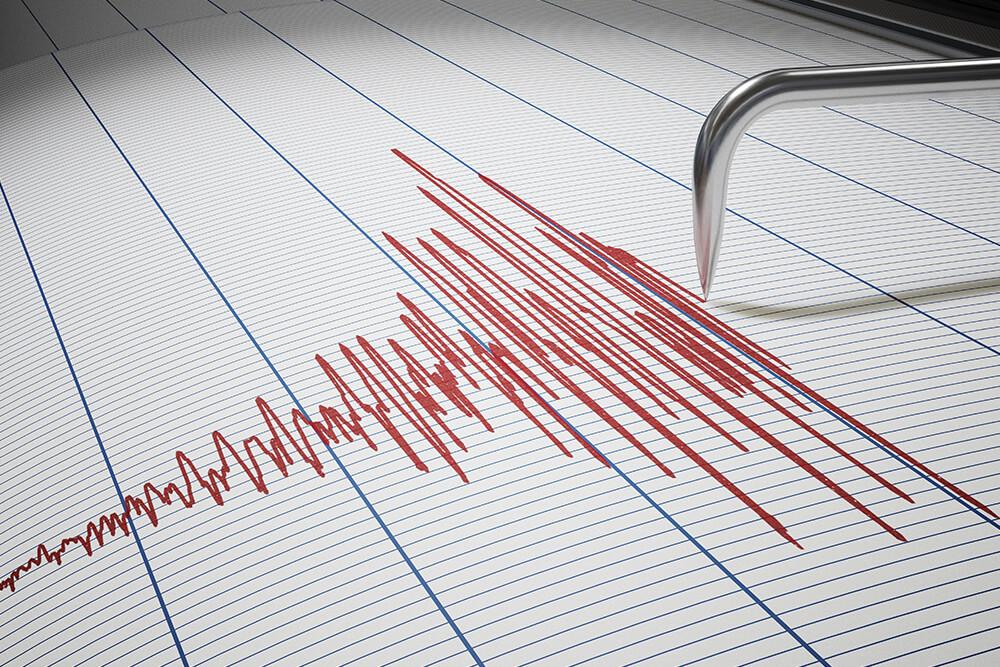In a groundbreaking fusion of technology and seismology, scientists are harnessing the power of everyday Android smartphones to revolutionize earthquake detection and early warning systems worldwide. By transforming millions of devices into a vast, real-time seismic network, this innovative approach promises faster alerts and enhanced preparedness, potentially saving countless lives in vulnerable regions. This latest advancement, detailed in the journal Science, marks a significant leap forward in global earthquake monitoring, demonstrating how ubiquitous mobile technology can be repurposed for critical public safety applications.
Global Network of Android Phones Enhances Earthquake Detection Capabilities
Leveraging the vast number of Android smartphones worldwide, researchers have established a groundbreaking seismic detection system that transforms everyday devices into sensitive earthquake sensors. Through an innovative app that accesses built-in accelerometers, this global network continuously monitors and analyzes ground motions, delivering real-time data with unprecedented coverage and resolution. The system has demonstrated remarkable potential to detect minor tremors that traditional seismic stations might miss, especially in regions with sparse instrumentation.
Key features driving this transformative approach include:
- Massive reach: Millions of participating devices provide dense spatial data, enhancing detection accuracy.
- Rapid alerts: Instant data aggregation allows faster public warning dissemination.
- Cost-efficient scalability: Utilizes existing hardware, minimizing infrastructure investments.
| Metric | Android Network | Traditional Seismic Stations |
|---|---|---|
| Coverage Density | High (Millions of Devices) | Low to Moderate |
| Detection Speed | Seconds | Minutes |
| Implementation Cost | Minimal | High |
Researchers have developed an innovative earthquake detection system by harnessing the built-in accelerometers of millions of Android smartphones worldwide. Using an app that continuously monitors ground motions, this vast network acts as a dense array of seismic sensors providing real-time data with higher coverage and resolution than traditional seismic stations.
Key Benefits:
- Massive Reach: Millions of devices create dense spatial data coverage, improving detection accuracy.
- Rapid Alerts: Instant aggregation of seismic data enables faster public warning dissemination.
- Cost-efficient Scalability: Leverages existing hardware, reducing infrastructure investment needs.
Comparison with Traditional Seismic Stations:
| Metric | Android Network | Traditional Seismic Stations |
|———————|——————————|——————————|
| Coverage Density | High (Millions of Devices) | Low to Moderate |
| Detection Speed | Seconds | Minutes |
| Implementation Cost | Minimal | High |
This approach shows promising potential to detect minor earthquakes that often go unnoticed by standard instruments, especially in regions lacking extensive seismic station networks.
Leveraging Smartphone Sensors for Real-Time Seismic Data Collection
Modern smartphones, equipped with a variety of sophisticated sensors, have opened new frontiers in earthquake monitoring. By tapping into the accelerometers and gyroscopes embedded within Android devices, researchers have devised a method to capture real-time ground motion data across vast urban and rural areas. This distributed network of sensors can detect subtle tremors often missed by traditional seismic stations, enabling faster and more accurate earthquake identification. The continuous data feed from millions of users not only enhances spatial coverage but also elevates the potential for early warning systems to provide critical seconds that could save lives.
Key advantages of this approach include:
- Scalability: Leveraging an existing global smartphone infrastructure requires no additional hardware deployment.
- Cost-effectiveness: Utilizing consumer electronics reduces the need for expensive seismic networks.
- Accessibility: Real-time alerts can be delivered directly to personal devices, ensuring immediate public awareness.
| Sensor Type | Function | Benefit for Earthquake Detection |
|---|---|---|
| Accelerometer | Measures linear acceleration and ground movement | Detects initial seismic waves with high sensitivity |
| Gyroscope | Tracks orientation and rotational motion | Complements accelerometer data for precise motion analysis |
| Magnetometer | Detects changes in Earth’s magnetic field | Supports verification of seismic events over geomagnetic anomalies |
Recommendations for Expanding Public Participation in Mobile Earthquake Warning Systems
To advance the reach and efficacy of mobile earthquake warning systems, developers and policymakers should prioritize inclusivity and user engagement. Integrating multilingual support and culturally sensitive alerts can ensure broader comprehension and responsiveness across diverse populations. Additionally, collaborations with local governments and community leaders should be strengthened to foster trust, encouraging more users to actively participate by sharing sensor data through their Android devices.
Equally crucial is enhancing the technological infrastructure to boost user adoption and retention. Offering customizable alert settings and low-power modes can make the app less intrusive and more practical for daily use. Meanwhile, launching targeted educational campaigns to demonstrate real-time benefits and provide straightforward installation guides can demystify the technology. The table below summarizes key strategies to maximize public involvement:
| Strategy | Objective | Impact |
|---|---|---|
| Multilingual Interface | Increase accessibility | Broader user base |
| Community Partnerships | Build trust and awareness | Higher participation rates |
| Customizable Alerts | Improve user experience | Greater app retention |
| Educational Campaigns | Raise awareness | More informed users |
To Wrap It Up
As smartphone technology continues to evolve, leveraging the widespread presence of Android devices for earthquake detection promises a transformative impact on global early warning systems. By harnessing the collective power of millions of sensors embedded in everyday phones, researchers aim to provide faster, more accurate alerts that could ultimately save lives and reduce damage. While challenges remain in optimizing data quality and network reliability, this innovative approach represents a significant step toward a more connected and responsive seismic monitoring infrastructure worldwide.
